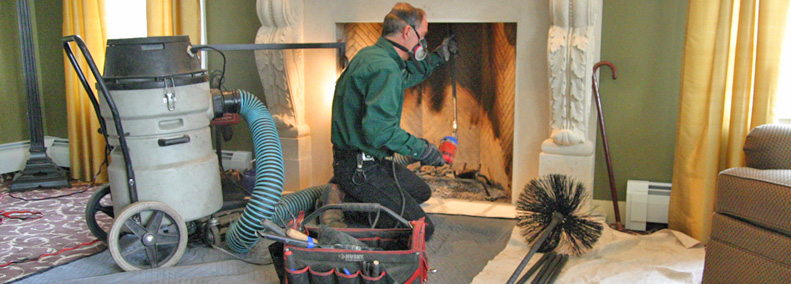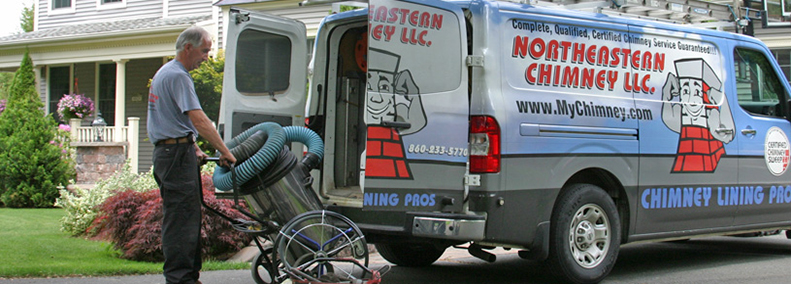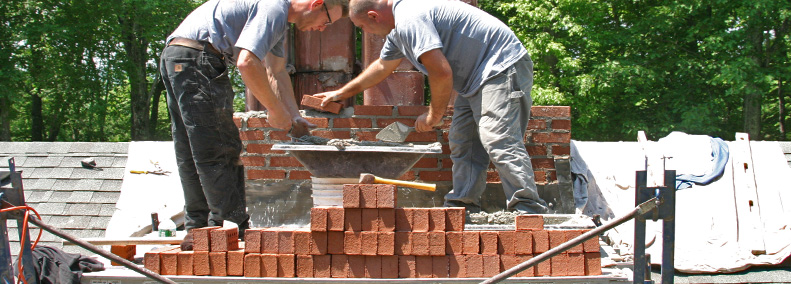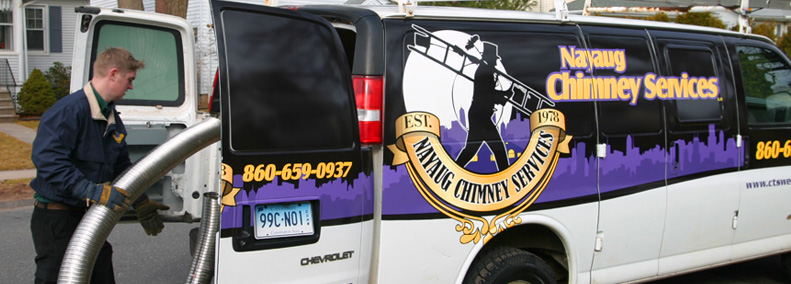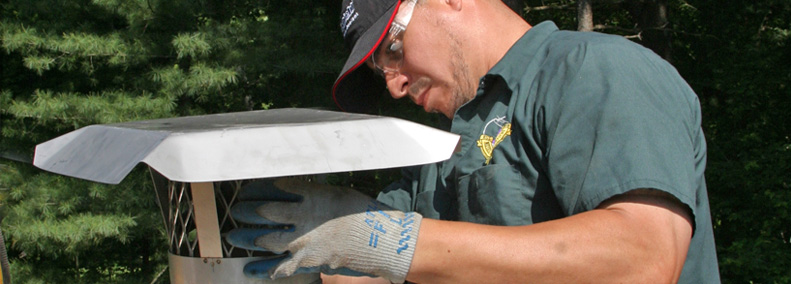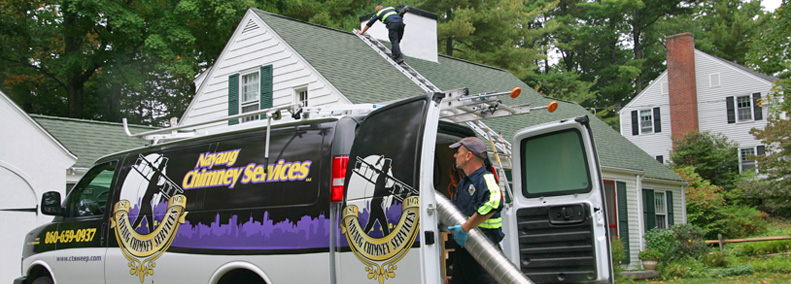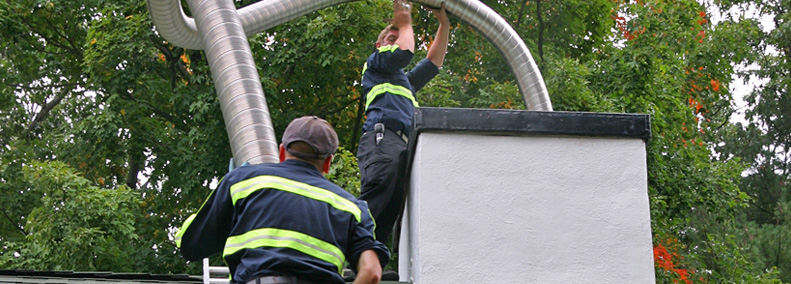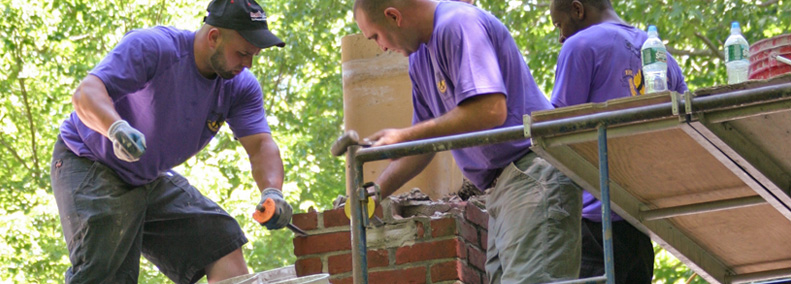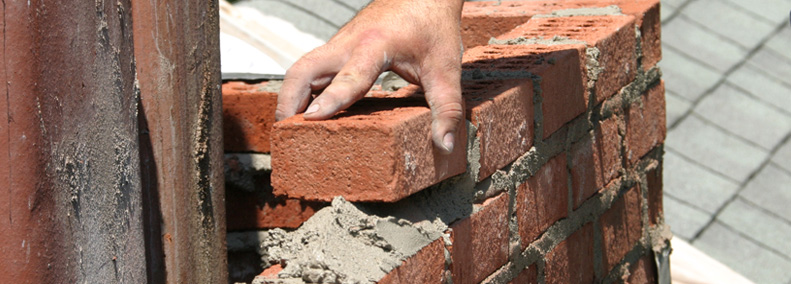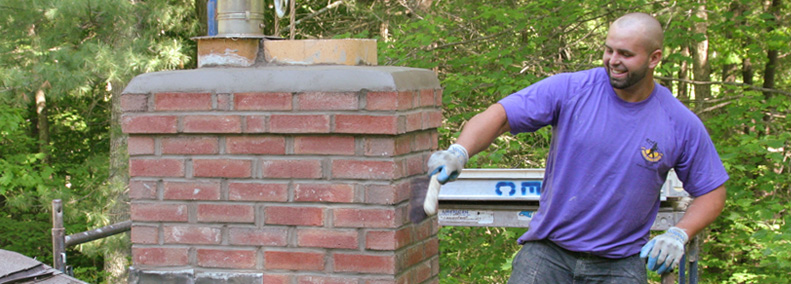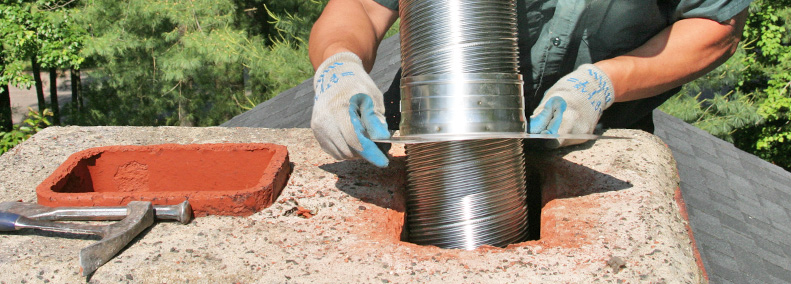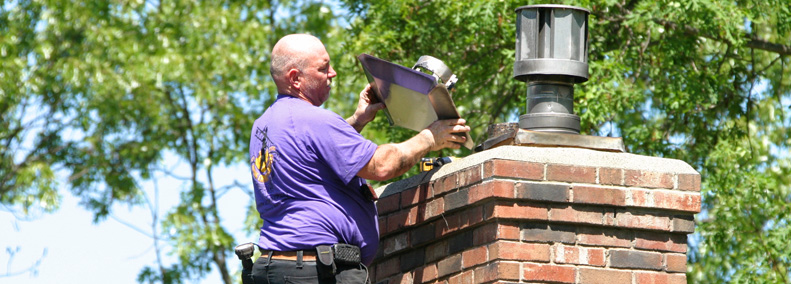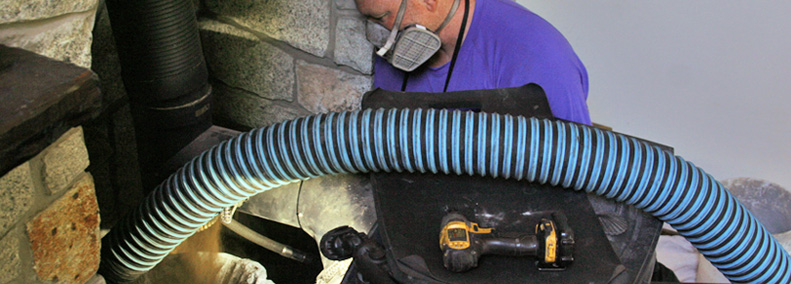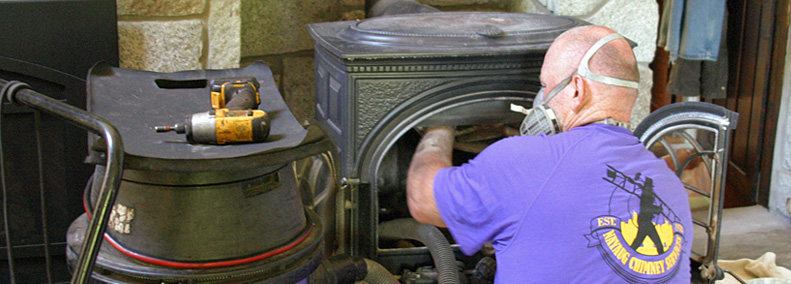08.28.12
Real Fires Give Lessons in Fireplace Safety
There’s a lot more to a fireplace than potential enjoyment and added warmth in your home. A fireplace can also be a deadly hazard. Firefighters often respond to calls to douse flames caused by carelessness associated with fireplaces. The following accounts are based on true stories about real house fires in America and with them are valuable fireplace safety lessons to be learned.
A Victorian home in Connecticut that was worth over $1.5 million went up in flames, but the real loss was in the lives of five people who died in the fire. Three young girls and their grandparents died in this Christmas Day 2011 blaze. The official report from the State’s Attorney was that the catastrophe was caused by hot embers taken from the fireplace, placed into a paper bag, and transported to either the mud room or an outside trash area. In addition, smoke alarms in the house did not go off to give warning. It was deemed an accident, but it’s heartbreaking to realize that a simple understanding about proper fireplace safety procedures would have prevented the devastation.
In Portland, Oregon, early this year, a house valued at about $100,000 was a total loss following a fire that consumed the first and second floors. The elderly resident suffered smoke inhalation but otherwise escaped without harm. Investigators with Portland Fire & Rescue deemed the fire an accident. It’s believed that the fire started when embers flew from the fireplace firebox onto nearby combustible materials.
In Milwaukie, Wisconsin, a home sustained damage in the amount of approximately $100,000 as a result of a fire that began in the early morning hours. One of the homeowners told investigators that he had placed hot fireplace ashes in a plastic bag. He then moved them into a garbage can after he thought the ashes had cooled. The problem was that some of the hot embers fell from the bag onto the porch as he was transporting them. The ashes smoldered for hours before the back of the home became engulfed in flames. A neighbor was the first to report the fire. The smoke alarms in the home didn’t have batteries. Fortunately, everyone in the home escaped without harm.
On Bainbridge Island, which is about 30 miles from Seattle, Washington, a 100-year-old, 3,500-square-foot home went up in flames; fortunately, none of the inhabitants were injured other than one case of smoke inhalation. A firefighter, however, sustained first- and second-degree burns while fighting the blaze. The Bainbridge Fire Marshall said, “The cause of the fire is believed to be a failure of the fireplace as the heat from the fireplace ignited wood that was built directly touching the back of the fireplace.” This would indicate that the firebox in the fireplace had been in need of replacement or repair.
In Newport Beach, California, four fires were extinguished by firefighters in a mere 48-hour period. According to investigators, each of the blazes was caused by either misuse of the fireplace and chimney or faulty equipment.
A fire in Salina, Kansas, was determined to have been caused when the homeowner placed a bag of leaves and other yard debris into the fireplace and then went outside to gather more. A smoke alarm alerted the homeowner, who quickly called 9-1-1. Firefighters responded quickly and were able to contain the blaze.
In a tragic Portland, Oregon, fire which left the elderly homeowner dead, hoarding of debris within the home complicated the efforts of firefighters to contain the blaze. Investigators found that the cause of the fire was that household items were placed too closely to the fire. There was burned construction material and other types of debris in the fireplace, in addition to a lengthy log sticking out from the firebox onto the hearth area.
A few lessons in safety given by investigators of these various fires follow:
1. It’s extremely hazardous to use a fireplace for burning yard waste. A fireplace isn’t designed to handle this type of material.
2. Handle fireplace ashes with extreme caution. One firefighter recommended placing ashes from a wood stove or fireplace into a metal container, wetting them, and letting them cool for a few days before disposing of them.
3. Fireplaces and chimneys should be cleaned and inspected by a certified professional chimney sweep at least annually.
4. Never leave a fire unattended.
5. Check smoke alarm batteries every six months.
6. Keep working fire extinguishers in the home.
7. Don’t pile debris or any types of combustible material near a fireplace.
8. Make sure to have your chimney and fireplace inspected by a CSIA certified chimney sweep annually.
To learn more about fireplace safety and to keep your home safe, call your CT chimney sweep and schedule a chimney inspection and cleaning.
Northeastern Chimney, Inc.
formerly Nayaug Chimney Services, LLC
37 Cody Street, West Hartford, CT 06110
Phone: 860-233-5770

 Tap to Call Now
Tap to Call Now


